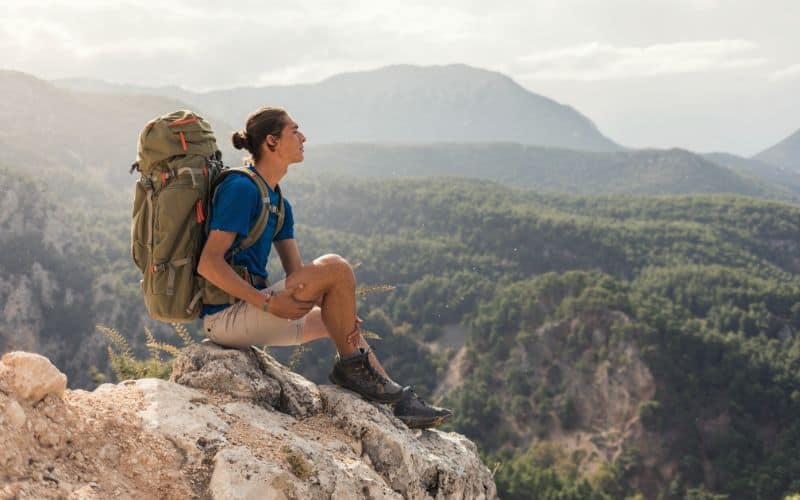There are many things that go into the making of a great backpack. However, when push comes to shove, the factor that has the greatest bearing on how suitable any pack is for you is how well it fits.
Unlike shoes, backpacks don’t come in a wide range of sizes – in most cases, the options are limited to small, medium, and large. So how do you know which is best for you? It all comes down to torso length.
In this guide, we explain all there is to know about measuring yourself to get a great backpack fitting!
Table of Contents
Why Having the Correct Size of Backpack Is Important
Having the right size of backpack is important for a few reasons:
- It will ensure that the appropriate percentage (around 80%) of the backpack’s weight is on your hips, and 20% on the shoulders.
- This distribution of weight prevents shoulder straps from digging in and helps you maintain good, healthy posture.
- It reduces the risk of chafing where the base of the pack rests against your hip and back.
- It ensures your load is more evenly distributed, which improves balance while you’re on the move with a heavy pack.
- It is, in short, way more comfortable!
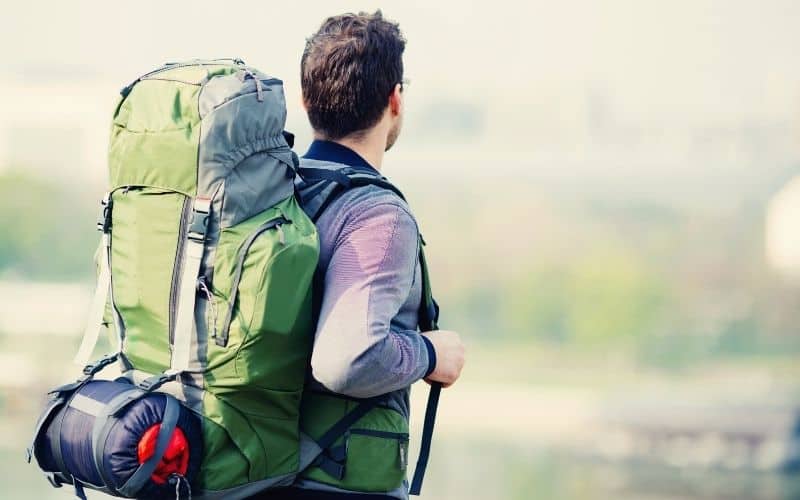
What You’ll Need
- A friend
- A flexible tape measure
- Roughly 2 minutes of time
How to Measure Your Torso for Backpack Fitting
1. Locate Your C7 Vertebra
Your C7 vertebra is located between the shoulders at the base of the neck. It is the most convex of the vertebrae so sticks out a little more than the others when you tilt your head forward. It is often described as a ‘bony bump’.
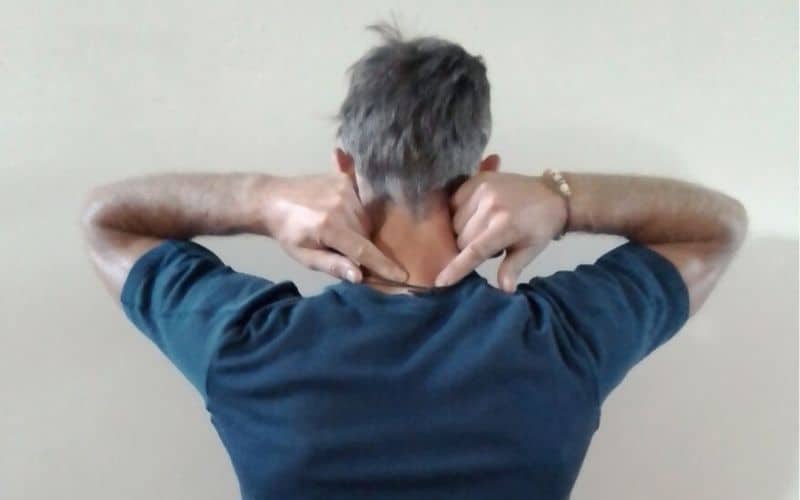
2. Locate Your Iliac Crest
The iliac crest is found at the top of the hip bones. To locate it, slide your hands down your rib cage slightly behind where your arms would hang in a resting position. When you hit a large bone at the top of your hip, you’ve found the iliac crest (the shelf of the pelvic girdle). This is the same spot used to measure your hip size.
3. Find the Appropriate Point on Your Lumbar
With your thumbs pointing backward from each hip bone and index fingers pointing forward, slide your hands inward to the base of your spine, or trace an imaginary line to this spot. This is the second point used to measure the length of your torso.

4. Measure Your Torso Size
Now, have a friend measure between the two points we have identified with your measuring tape.
5. Use Torso Length to Find Your Backpack Size
With your exact measurement in hand, you can now head to the store (or online) and start the search for the perfect pack! Most brands will display a size chart alongside the pack’s specifications.
6. Dial in the Fit
Once you’ve bought your pack, there are still a few tweaks you can make to boost the comfort of your pack and fine-tune it for an optimal fit.
First up, the load lifters. As the name suggests, these are designed to take some of the weight (i.e. “load”) off of your shoulders. They are found just above your collarbones and these shoulder straps pull the weight back off the shoulders by being attached to the top of your backpack.
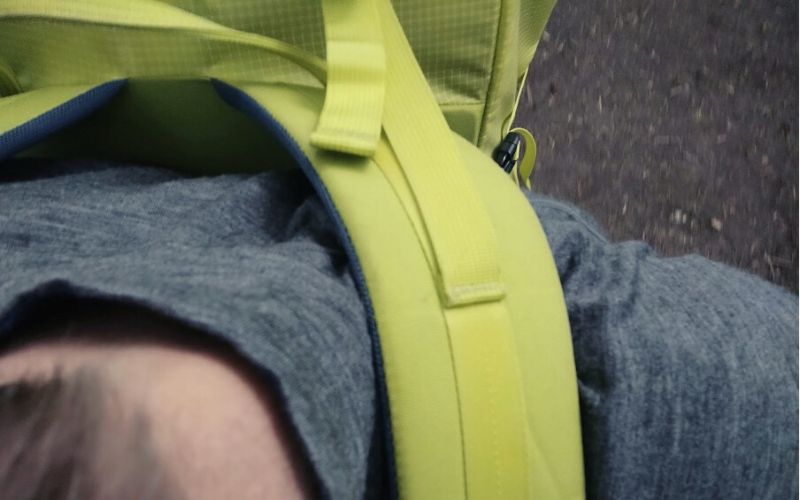
Secondly, the sternum strap. This is the thin strap that connects the shoulder straps across your chest. While many hikers and backpackers are apt to leave this uncinched and dangling, adjusting it so you have a snug fit, and cinching it, will help ensure your straps stay squarely on your shoulders and centralize your load.
Thirdly, the torso length adjuster. Many internal frame packs have adjustable torso lengths, meaning they can be calibrated to fit longer or shorter torso lengths.
Finally, the hip belt. Because most of your load will be carried on your hips, you want to ensure that your hipbelt buckle is fastened while you walk and the belt itself is snug, but not tight, against your belly. Doing so will ensure your pack doesn’t bounce around as you move and keep the weight of the pack off the shoulders.
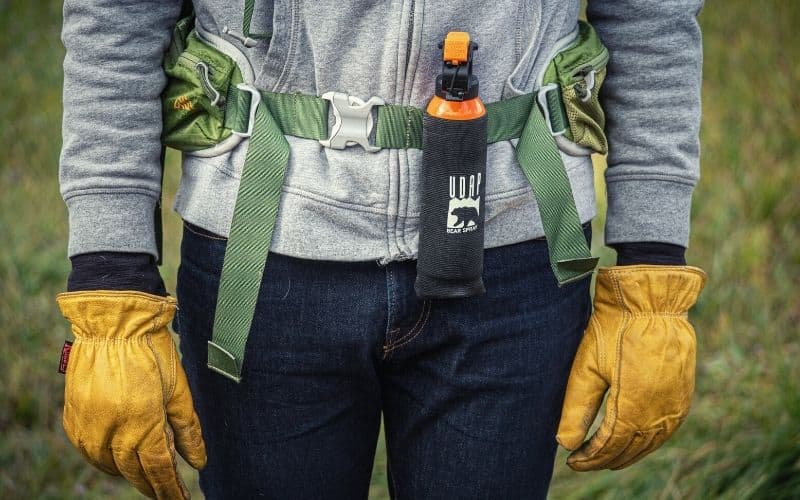
Happy Hiking!
Finding the perfect fit when buying a backpack is essential to enjoying a happy time on the trails. Because everybody is different, the only way to ensure you get the best fit for your body is to follow the above steps and match this to the size of your backpack-to-be.
If you liked this post or have any questions on how to measure your torso for backpack fitting, let us know in the comments box below. And if you know of anyone else in the market for a new pack, send them this way!
